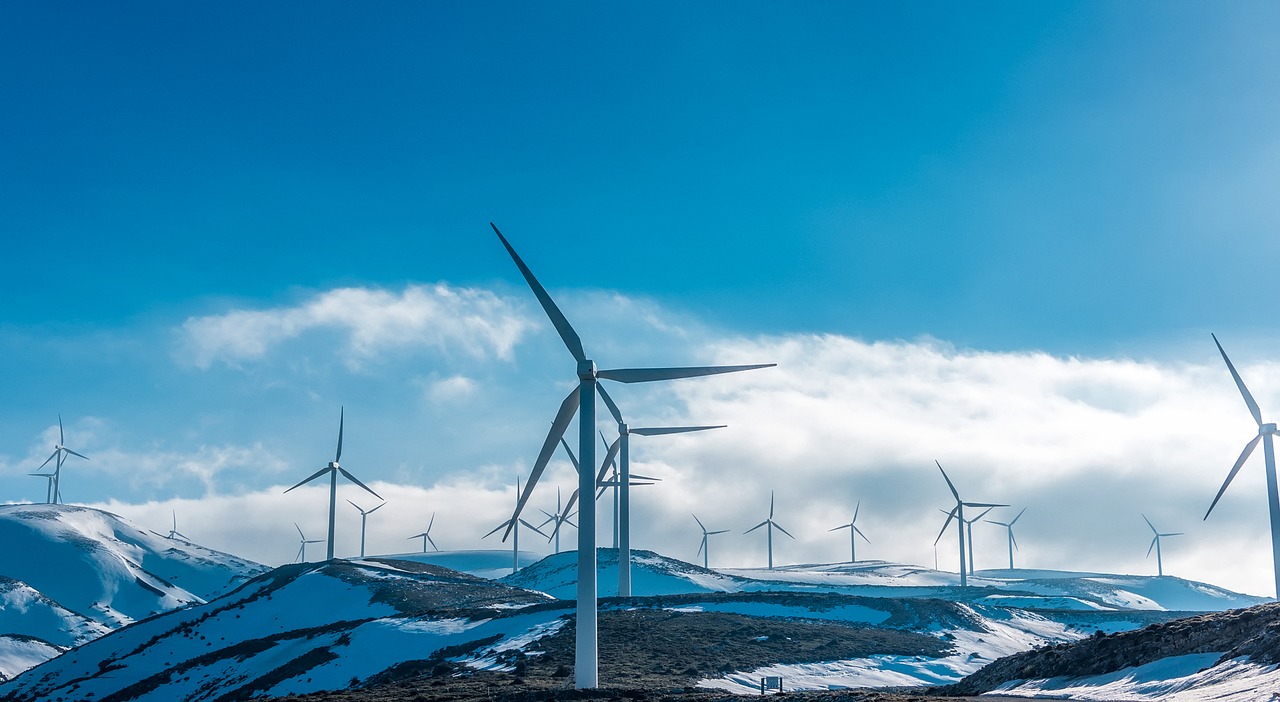With energy policy rising as a hot topic in legislation, popular culture, and the media, it’s important to note the effects that the proposed changes can have on public health and welfare. While a majority of energy in the United States is still generated from fossil fuels, the total percentage of our total energy usage that comes from renewable sources has been increasing since their original inception. However, the total amount of energy used from all major sources has also increased by over two-fold since 1960. As modern technologies and lifestyles demand the use of energy, it becomes increasingly more urgent to look into each major source to determine its potential threats to public health and potential solutions to mitigate any serious dangers. One of the most significant effects of inefficient energy usages is the release of greenhouses gases, which are compounds that hold heat in the atmosphere and contribute to global warming. Some common examples include, carbon dioxide, methane, and nitrous oxide.
Coal
Coal is one of the world’s most utilized fossil fuels, and accounts for around 70% of total greenhouse gas emissions in the world. Many nations have established a strong infrastructure for the development and burning of coal as a main energy source. Therefore, the American Public Health Association (APHA) anticipates that it will be difficult to achieve the United States’ goals for coal emissions as set by the Paris Agreement.
Oil
The pollutants in the air, as a result of burning oil, can be extremely hazardous to public health and also significantly contribute to greenhouse gas emissions. Additionally, oil spills, although rare, cause substantial damage to our oceans and create notable public health concerns. Direct dangers include loss of marine life, contamination of seafood and water, and health complaints from first responders. However, they can have significant long term effects on ocean waters and life by permanently damaging ecosystems.
Natural Gas
Of the fossil fuels, natural gas is perhaps the cleanest as it emits the fewest greenhouse gases into the atmosphere on average. However, the method by which natural gas is captured, known colloquially as “fracking”can have harmful results to workers and the environment. The process itself entails drilling into shale formations in the ground in order to extract natural gas from the earth. It has previously contaminated local water sources, and pipeline leaks can expose the environment to dangerous levels of methane, one of the primary greenhouse gases.
Nuclear
Nuclear power shows great promise as a non-renewable energy source that produces little to no greenhouse gas emissions. However, the risk of radiation exposure to workers and the general public can be disastrous on a large scale. The Hanford Nuclear Site in Washington proves a notorious example of the effects of nuclear waste on human and environmental health. To date, over 60 workers are known to have been exposed to high levels of radiation, and the effects of this exposure will be felt by the community for many years to come.
Wind and Solar
Renewable energy sources are growing rapidly as reliable sources of energy that pose far fewer environmental and health impacts as compared to other, more readily available sources. Of these, wind and solar are relatively widespread and have a developing infrastructure across the United States. Even so, a Canadian study looked into potential health effects of wind turbines used for wind generated energy, and found that populations living near wind turbine sites reported sleep disturbance, headaches, and other harmful physical symptoms to their primary care physicians. In regards to solar, the harmful chemicals that are used to sanitize the cells that capture the sun’s rays can pose threats to worker health and safety. While these are legitimate concerns, there are careful steps companies and legislators can make in order to alleviate some of those risks.
New developments in the renewable energy sector allow for wind and solar sources to capture and distribute energy more effectively.
Feature Image Source: 12019.










